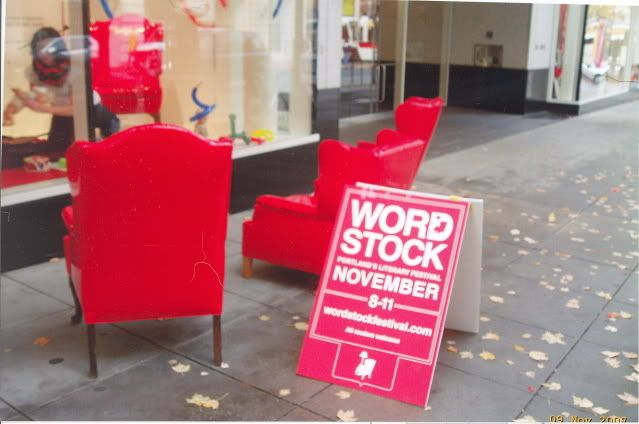
In fact, the judging starts even before the cover makes it onto the book. Case in point: this early design for Ten Cents a Dance. When I saw it, I thought…nice. Just…nice. Would I pick the book up, though, if I was browsing through a bookstore? Well, umm... It's pretty, all right. But to be honest, it doesn't really pique my curiosity.
Well, as it turned out, nobody was really happy with that first design. And this is why I love my agent and my editor, and I adore the book designer, whom I’ve never met but if I do, I will wash her windows and her car and walk her dogs and make her dinner. Because once it became apparent nobody was really happy, she started again from scratch. Authors usually aren’t involved in cover design—many authors are shown their cover as a courtesy, and that’s it. But my editor asked for feedback, and bless her heart, my agent and I gave it, and they listened, and the book designer (who, by the way, is responsible not only for my book, but also for probably 20 other titles coming out this spring) knocked it right out of the park:

This is gorgeous and striking and enticing as all damn, and if I saw it in a bookstore, I would make a beeline and snatch it right into my greedy little book-loving hands. That girl looks like she's up to something--perfect for my main character, Ruby. The mood is more tense, more mysterious. And I adore all the little details: the pinstripes, and (you can't see this, really, but take my word for it) the way the woman's nail polish matches the color of the title font. And then there's the little tagline above the title: Bad boys and secrets are both hard to keep...
No secret that I'm in love with this cover. Kudos to the whole amazing team at Bloomsbury and to my wonderful agent. You've made this author one happy gal.
So what's the book about, you ask? And when will we see it in real life?
Here's a sneak preview of the flap copy:
Chicago, 1941: When her mother becomes too ill to work, fifteen-year-old Ruby Jacinski is forced to drop out of school to support her family. But her dull factory job makes life feel like one long dead end...until she meets neighborhood bad boy Paulie Suelze. Soon, Ruby discovers how to make money—lots of money—while wearing silk and satin and doing what she does best: dancing. Paid ten cents a dance to lead lonely men around a dance hall floor, Ruby thinks she’s finally found a way out of Chicago’s tenements…until swinging with the hepcats turns into swimming with the sharks.
A mesmerizing look into a little known world and era, Ruby’s story is resplendent with the sounds of great jazz, the allure of beautiful clothing, and the passions of a young generation in a country on the brink of war.
Coming to a bookstore near you on April 1! If you want to read an excerpt ahead of time--and have a chance to win a signed copy--be sure to sign up for my newsletter here.


















